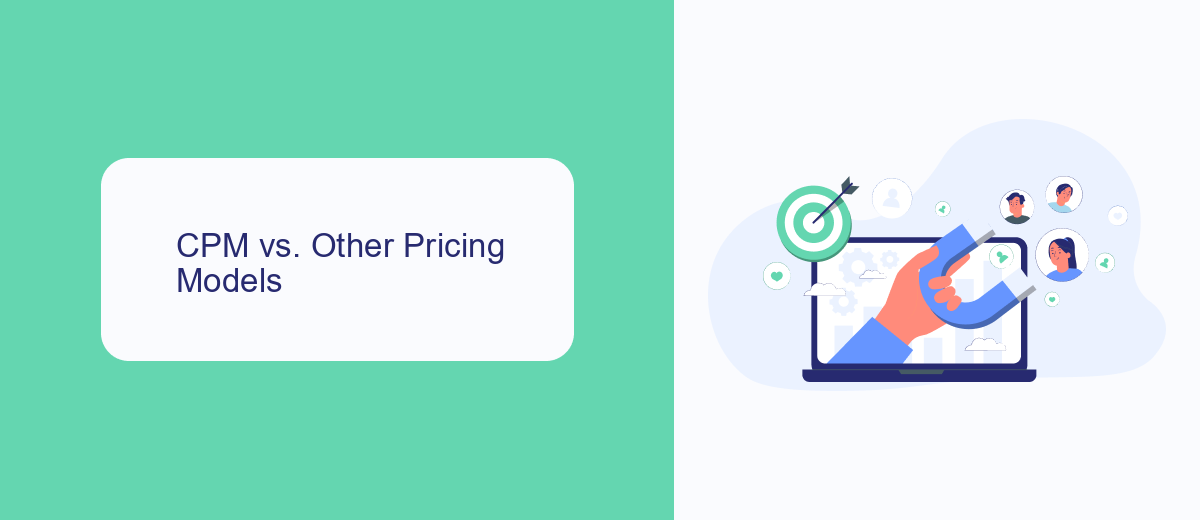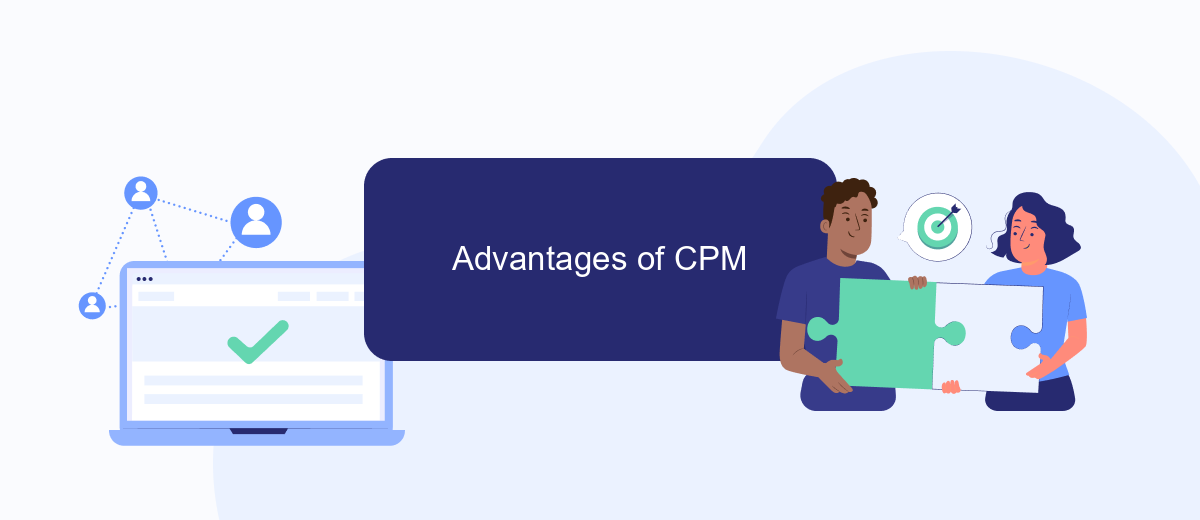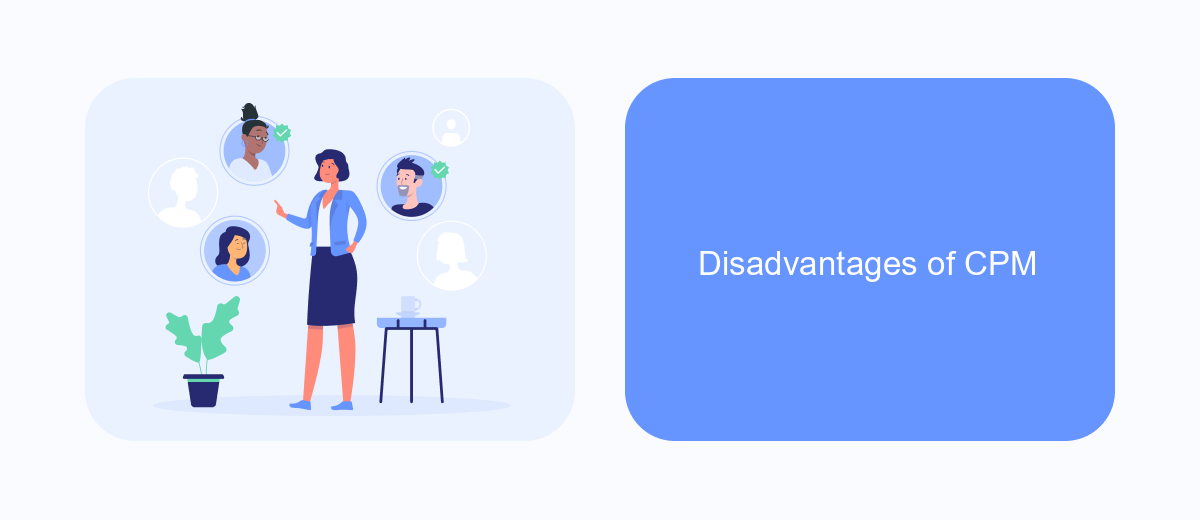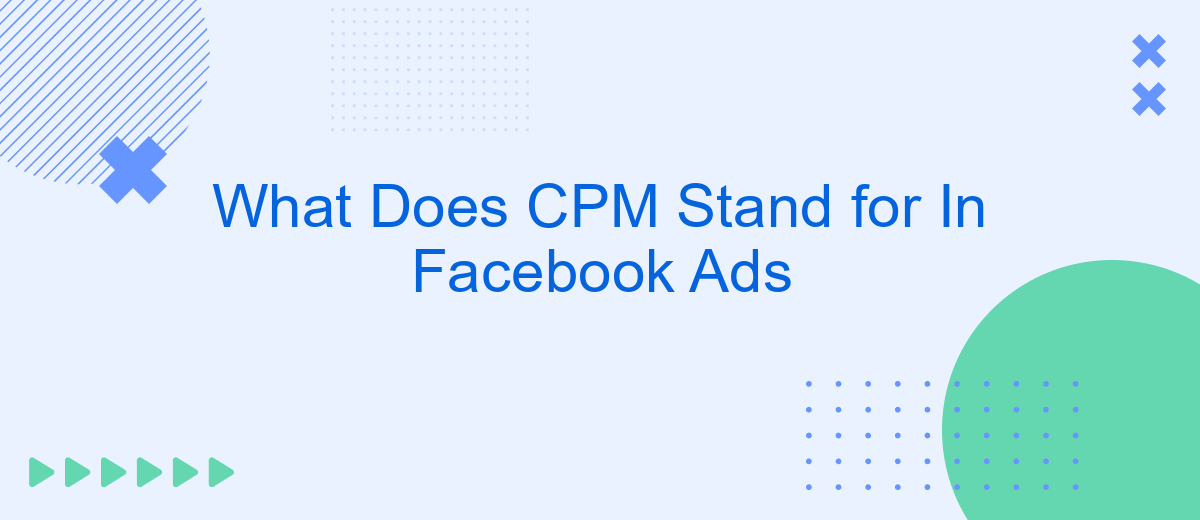CPM, or Cost Per Mille, is a crucial metric in Facebook Ads that measures the cost for every 1,000 impressions your ad receives. Understanding CPM is essential for optimizing ad campaigns and budgeting effectively. This article delves into what CPM stands for, how it impacts your advertising strategy, and tips for managing your CPM to achieve better results.
What Is CPM
CPM stands for Cost Per Mille, which is a metric used in Facebook Ads to measure the cost of 1,000 ad impressions. It is a crucial indicator for advertisers to understand how much they are spending to reach a large audience. CPM helps in evaluating the efficiency and cost-effectiveness of ad campaigns.
- Cost: The total amount spent on the ad campaign.
- Impressions: The number of times the ad is displayed.
- Calculation: CPM = (Total Cost / Total Impressions) * 1,000.
Understanding and optimizing CPM is essential for maximizing the return on investment (ROI) for your ad campaigns. Services like SaveMyLeads can assist in automating and integrating your ad data, making it easier to track and manage CPM effectively. This allows for more informed decisions and better allocation of your advertising budget.
CPM vs. Other Pricing Models

CPM (Cost Per Mille) is a popular pricing model in Facebook Ads, where advertisers pay for every thousand impressions their ad receives. This model is particularly effective for brand awareness campaigns, as it ensures that the ad is seen by a large audience. In contrast, other pricing models like CPC (Cost Per Click) and CPA (Cost Per Action) focus on specific interactions, such as clicks or conversions, making them more suitable for performance-driven campaigns. Choosing the right pricing model depends on your campaign goals and budget.
While CPM is great for maximizing visibility, integrating it with other tools can enhance your campaign's efficiency. For instance, using services like SaveMyLeads can automate the process of capturing leads from Facebook Ads and transferring them to your CRM or email marketing platform. This ensures that you not only reach a broad audience but also effectively manage and nurture the leads generated from your ads. By combining CPM with automation tools, you can optimize your advertising strategy for both reach and engagement.
Advantages of CPM

One of the main advantages of CPM (Cost Per Mille) in Facebook Ads is that it allows advertisers to reach a large audience at a relatively low cost. This pricing model is particularly beneficial for brand awareness campaigns where the primary goal is to get your message in front of as many people as possible.
- Cost Efficiency: CPM can be more cost-effective compared to other pricing models, especially when targeting broad audiences.
- Scalability: It's easier to scale campaigns using CPM since you pay for impressions rather than clicks or conversions.
- Brand Visibility: CPM ensures your ad is seen by a large number of people, increasing brand visibility and recognition.
- Measurable Results: CPM allows for detailed analytics, helping you measure the effectiveness of your campaigns and make data-driven decisions.
For businesses looking to streamline their Facebook Ads campaigns and integrate them with other marketing tools, using a service like SaveMyLeads can be highly advantageous. SaveMyLeads automates the process of connecting Facebook Ads with various CRM systems, email marketing platforms, and other tools, ensuring that your leads are efficiently managed and followed up on.
Disadvantages of CPM

While CPM (Cost Per Mille) is a popular metric for Facebook Ads, it has its disadvantages. One major drawback is that it does not guarantee engagement. Advertisers pay for every thousand impressions, regardless of whether users interact with the ad or not. This can lead to wasted budget if the ads are not compelling enough to generate clicks or conversions.
Another issue is the potential for ad fatigue. When the same ad is shown repeatedly to the same audience, users may become annoyed or simply ignore it. This can result in lower engagement rates over time and decrease the overall effectiveness of the campaign.
- CPM does not ensure user engagement
- Potential for ad fatigue and declining engagement
- May lead to budget waste if ads are not effective
- Requires constant monitoring and optimization
To mitigate these disadvantages, advertisers can use services like SaveMyLeads to integrate and automate their marketing efforts. SaveMyLeads helps streamline the process by connecting various platforms, ensuring that ads are targeted more effectively and reducing the risk of wasted budget. This can lead to better performance and higher ROI for CPM campaigns.
When to Use CPM
CPM, or Cost Per Mille, is particularly useful when your primary goal is to increase brand awareness and reach a broad audience. This metric is ideal for campaigns where the focus is on getting your message in front of as many people as possible, rather than driving immediate conversions. For example, if you're launching a new product or running a large-scale promotional event, using CPM can help ensure that your ads are seen by a wide range of potential customers, thereby maximizing exposure and recall.
Additionally, CPM is beneficial when you have a well-defined target audience and want to ensure your ads are shown to them consistently. Utilizing services like SaveMyLeads can further enhance your CPM campaigns by automating the integration of lead data from Facebook Ads into your CRM or email marketing systems, ensuring that your advertising efforts are seamlessly synchronized with your overall marketing strategy. This automation helps in maintaining a consistent communication flow with your audience, enhancing the effectiveness of your brand awareness campaigns.
FAQ
What does CPM stand for in Facebook Ads?
How is CPM calculated in Facebook Ads?
Why is CPM important for advertisers?
What factors can affect CPM on Facebook Ads?
Can I automate the tracking and optimization of CPM in my Facebook Ads?
Are you using Facebook Lead Ads? Then you will surely appreciate our service. The SaveMyLeads online connector is a simple and affordable tool that anyone can use to set up integrations for Facebook. Please note that you do not need to code or learn special technologies. Just register on our website and create the necessary integration through the web interface. Connect your advertising account with various services and applications. Integrations are configured in just 5-10 minutes, and in the long run they will save you an impressive amount of time.
